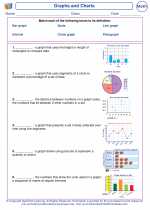Size
In mathematics, size refers to the measurement or extent of an object or shape in terms of its dimensions, such as length, width, or height. Size can also refer to the magnitude or quantity of something, such as the number of items in a set.
Measuring Size
Size can be measured using various units of measurement, such as inches, centimeters, feet, meters, or other appropriate units depending on the context. In geometry, size can be determined by measuring the length of a line, the area of a shape, or the volume of a solid object.
Comparing Size
When comparing sizes, mathematical concepts such as greater than (>), less than (<), and equal to (=) are used to indicate the relationship between different sizes. For example, when comparing two numbers, if one number is larger than the other, it is represented using the "greater than" symbol (>).
Real-World Applications
Understanding size is important in various real-world applications, such as measuring ingredients in cooking, determining the dimensions of objects in construction and engineering, or comparing quantities in everyday tasks.
Overall, size is a fundamental concept in mathematics that plays a crucial role in understanding and describing the physical and numerical attributes of objects and quantities.
[Size] Related Worksheets and Study Guides:
.◂Math Worksheets and Study Guides Third Grade. Graphs and Charts
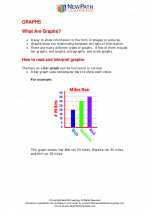
 Activity Lesson
Activity Lesson
 Activity Lesson
Activity Lesson
 Activity Lesson
Activity Lesson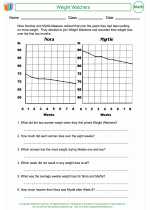
 Worksheet/Answer key
Worksheet/Answer key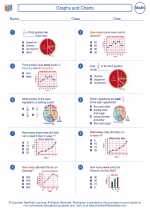
 Worksheet/Answer key
Worksheet/Answer key
 Worksheet/Answer key
Worksheet/Answer key
 Worksheet/Answer key
Worksheet/Answer key
 Worksheet/Answer key
Worksheet/Answer key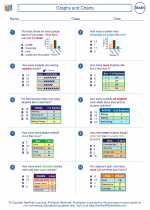
 Worksheet/Answer key
Worksheet/Answer key
 Worksheet/Answer key
Worksheet/Answer key
 Worksheet/Answer key
Worksheet/Answer key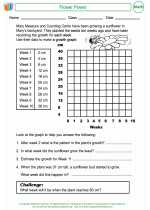
 Worksheet/Answer key
Worksheet/Answer key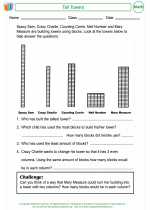
 Worksheet/Answer key
Worksheet/Answer key
 Vocabulary/Answer key
Vocabulary/Answer key